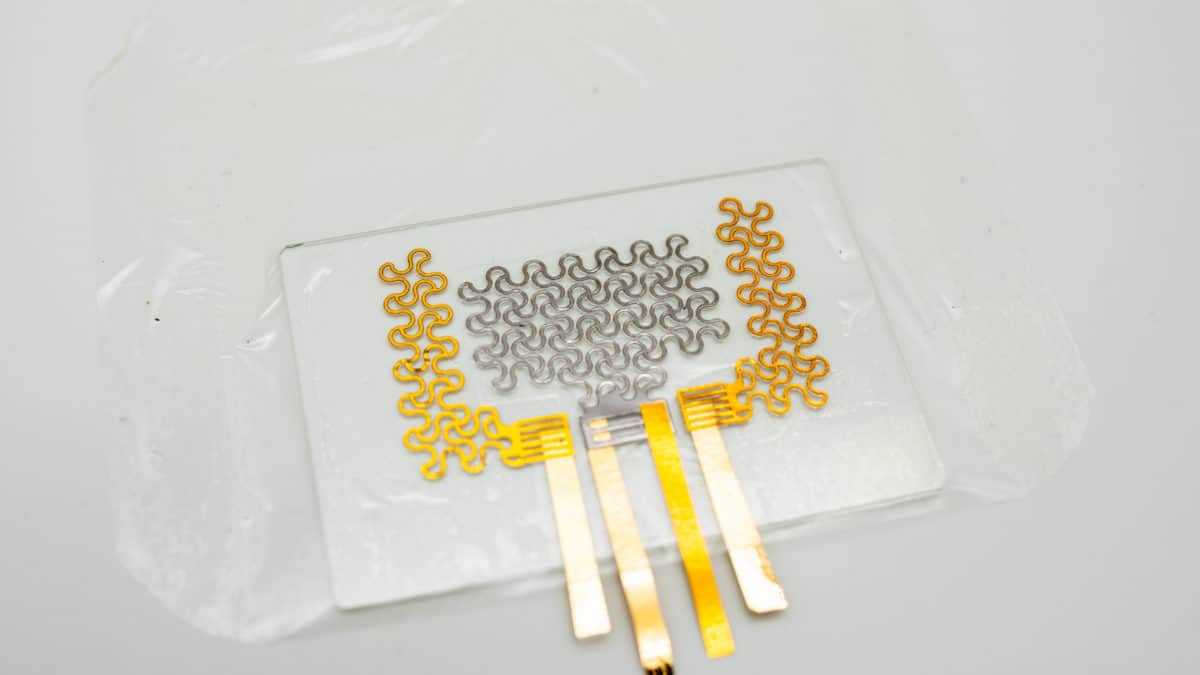A hyper-technological patch may perhaps help, in the future, to repair hearts damaged by a heart attack.
The results achieved on animals by researchers from the University of North Carolina at Chapel Hill and published in the scientific journal ACS Biomaterials Science & Engineering are hopeful. They are getting closer to achieving this goal, which is being pursued by bioengineers and cardiologists from different centres worldwide.
In fact, they have been trying for some time to create a patch that, when placed directly on the heart, stimulates the growth of new functioning cardiac tissue and together with the heart, is able to activate the formation of new blood vessels following the damage suffered from a heart attack.
The attempts made so far, however, have always stalled due to different kinds of difficulties, such as the problem of stimulating two types of regeneration at the same time without triggering immune reactions against elements considered foreign. In addition, the “production” systems of these patches have often proven too difficult to replicate.
The solution they found seems to be positive and works well, as confirmed also in the tests conducted on two types of laboratory animals. More specifically, the researchers have developed a patch with a fibrin matrix, the protein typical of muscle tissue. They integrated this matrix with micro-blood vessels created artificially (and inert from a biological point of view to avoid them being rejected) and inserted cardiac cells (known as cardiac stromal cells) encapsulated in bubbles, called cardiospheres inside of them.
They then inserted the patch into the hearts of rats and pigs (animals with a heart system relatively similar to humans) that had recently had a heart attack and checked what happened. They saw that the cardiospheres were able to stimulate the production and the secretion of growth factors by the heart and that these substances, in turn, had enabled the regrowth of heart muscle tissue as well as its blood vessels, and reduced scars, at least in part, replacing them with new and therefore functioning tissue. Even the inflammation, which always accompanies heart attacks, appeared to be suppressed, whereas cell death (a typical occurrence following a heart attack) slowed down.
Also, from the functionality perspective, the results appear to be encouraging, because the hearts treated with the patch displayed a greater ability to pump blood, compared to those of the untreated animals. Furthermore, because neutral materials were used, there was no renal or hepatic toxicity, nor immune reactions of any kind and the cells of the same animal that was then treated.
As always, many more tests will be needed before even thinking about carrying out experiments on humans, but what matters is proving the therapeutic validity of an idea or an approach and the possibility of putting it into practice without unsurmountable technical difficulties.
You can also read this article:


